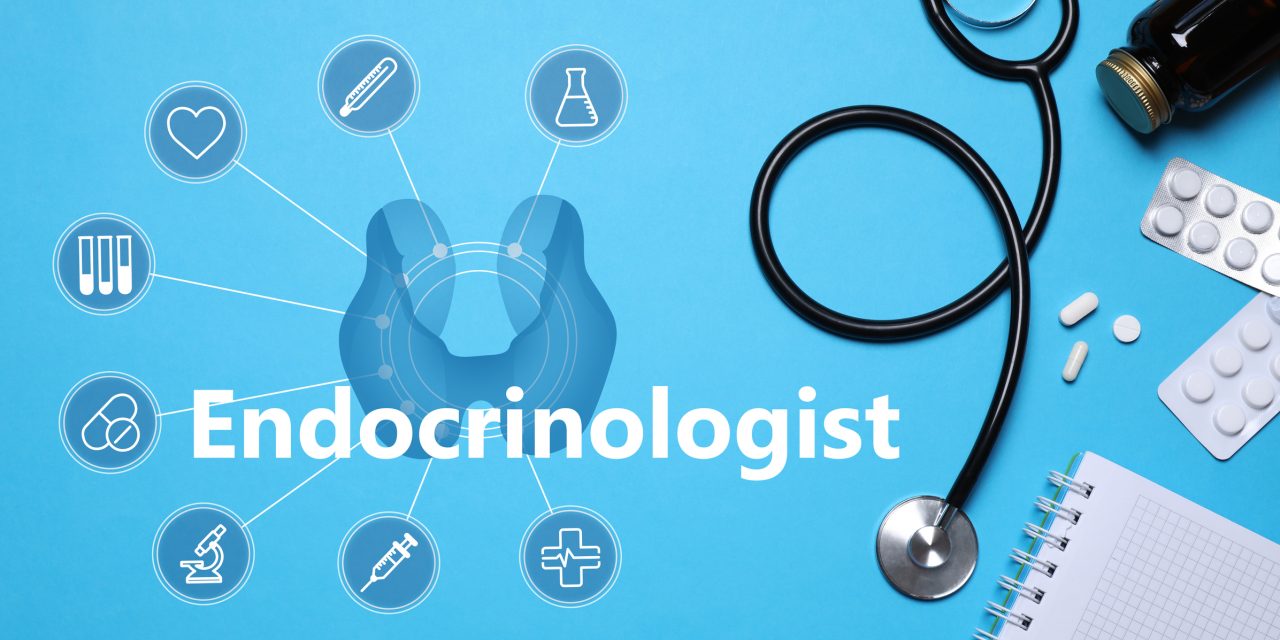Twice-daily (BID) dosing of insulin glargine has been used to treat hyperglycemia in clinical practice, however, data supporting its use in the critically ill population is lacking. This study was designed to evaluate the safety and efficacy of BID insulin glargine in critically ill patients.
A retrospective study was conducted in adult patients admitted to the intensive care units between February 2013 and June 2017 and received insulin glargine BID or ≥40 units daily for ≥48 hours. Post cardiovascular surgery patients were excluded. Data was collected for up to 14 patient days. The efficacy outcomes included the incidence of hyperglycemia (blood glucose [BG] >180 mg/dL), pre-dose hyperglycemia rate (BG >180 mg/dL within 4 hours before the dose), and BG variability (standard deviation). The safety outcome was assessed by the development of hypoglycemia (BG <70 mg/dL).
A total of 58 patients (BID=23; daily=35) were included in the analysis. Demographics were similar between groups, including history of diabetes mellitus, baseline glycated hemoglobin (Hgb ), and home insulin use. There was no difference between the BID and daily groups in the mean BG (153 vs. 154 mg/dL, p=0.95 respectively), and BG variability (46 vs. 44 mg/dL, p=0.29 respectively). While the overall incidence of hyperglycemia was similar between BID and daily groups (96% vs. 97%, p=1.00 respectively), the BID group had a significantly lower pre-dose hyperglycemia rate (BID 0.27 vs. daily 0.43; p=0.02). Additionally, the BID group did not experience an increased incidence of hypoglycemia (BID 23% vs. daily 34%, p=0.57) or hypoglycemia without having anything by mouth (NPO; BID 0% vs. daily 9%, p=0.27).
This is the first study demonstrating BID insulin glargine reduced the rate of pre-dose hyperglycemia without increasing the risk of hypoglycemia in critically ill patients. A large, randomized study is needed to confirm the safety and efficacy of BID glargine in the critically ill.
© 2020 Pharmacotherapy Publications, Inc.
Insulin glargine in critically ill patients: Once-daily versus twice-daily dosing.


